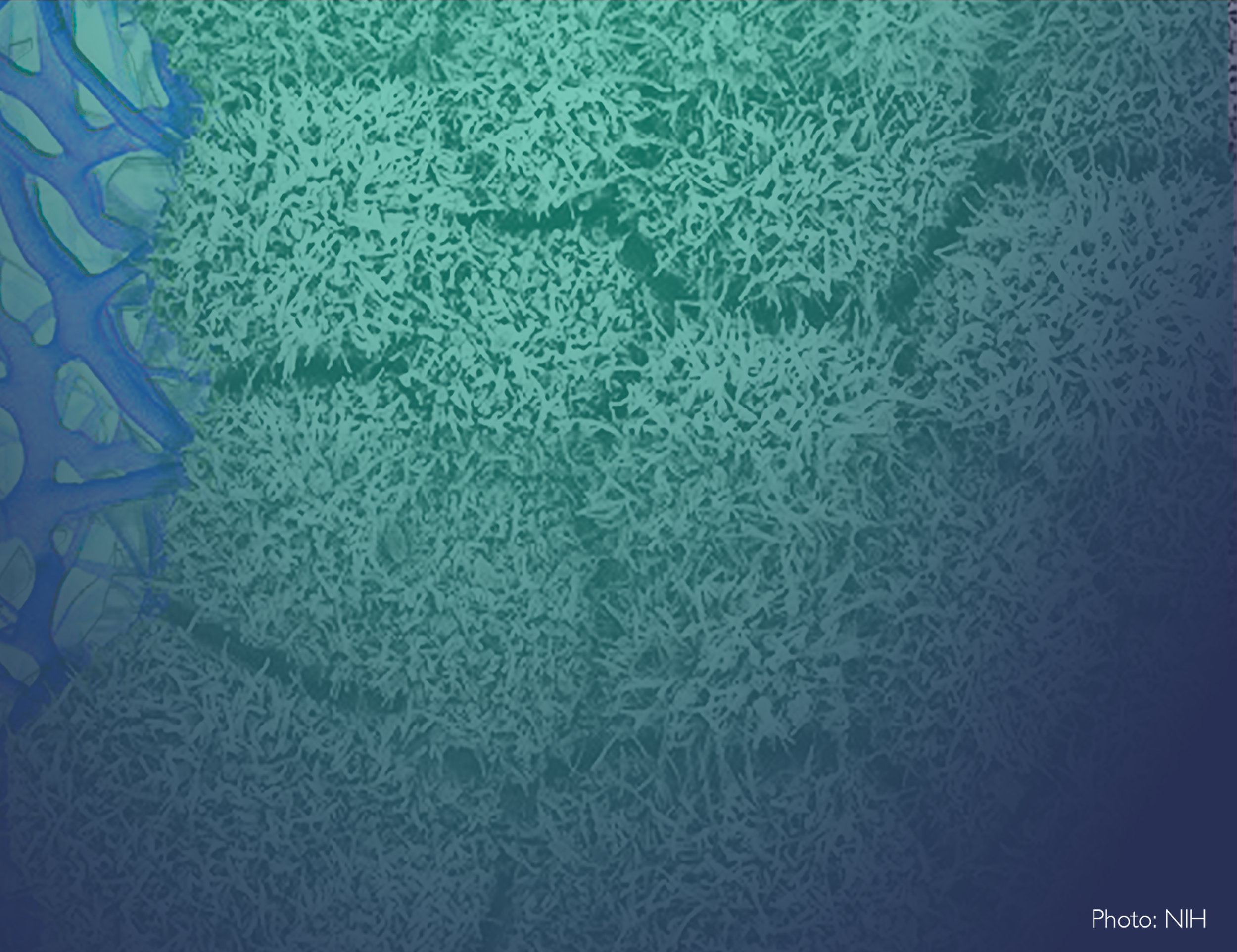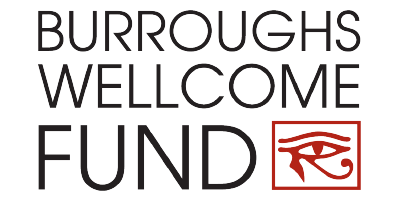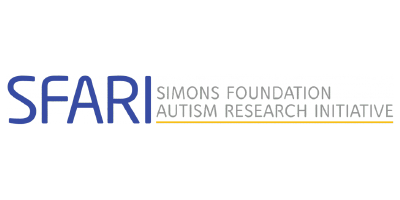
Standards
The ISSCR Standards Initiative was launched in 2021 as an international collaboration to strengthen the pipeline of research and applications to human health. The initiative published Standards for Human Stem Cell Use in Research in 2023; since being adopted by publications, institutions, and funders all over the world. Subsequent best practices are currently underway to help organizations navigate the regulatory landscape and process of clinical translation.
Standards for Human Stem Cell Use in Research
This document identifies quality standards and outlines basic core principles for the laboratory use of both tissue and pluripotent human stem cells and the in vitro model systems that rely on them. Overall, the emphasis of this document is creating a set of recommendations that, when taken together, establish the minimum characterization and reporting criteria for scientists, students, and technicians in basic research laboratories working with human stem cells.
Click the button below to explore:
PDF versions of the Standards in English and Japanese
An online, interactive version of the Standards
A fillable Reporting Practices Checklist PDF
Supported by ISSCR Staff
Tyler Lamb, Director of Policy
Jack Mosher, Scientific Advisor
-
Co-Chair - Tenneille Ludwig, PhD
WiCell Research Institute, USACo-Chair - Peter Andrews, DPhil
The University of Sheffield, UKIvana Barbaric, DPhil
The University of Sheffield, UKNissim Benvenisty, PhD
Hebrew University, IsraelMadeline Lancaster, PhD
MRC Laboratory of Molecular Biology, UKChristine Mummery, PhD
Leiden University Medical Center, NetherlandsMartin Pera, PhD
The Jackson Laboratory, USAYoji Sato, PhD
National Institute of Health Sciences, JapanGlyn Stacey, PhD
International Stem Cell Banking Initiative, UKChristine A. Wells, DPhil
University of Melbourne, AustraliaTongbiao Zhao, PhD
Institute of Zoology Chinese Academy of Sciences, Beijing Institute for Stem Cell and Regenerative Medicine, Beijing, China
-
Co-Chair - Glyn Stacey, PhD
International Stem Cell Banking Initiative, UKCo-Chair - Tenneille Ludwig. PhD
WiCell Research Institute, USAJeremy Crook, PhD
The University of Sydney, Chris O’Brien Lifehouse, The University of Wollongong, AustraliaLaurence Daheron, PhD
Harvard Stem Cell Institute, USAJon Draper, PhD
Stem Cell Network, CanadaLyn Healy, PhD
Francis Crick Institute, UKAndreas Kurtz, PhD
Fraunhofer Institute for Biomedical Engineering, Berlin Institute of Health at Charité, Germany
-
Co-Chair - Peter Andrews, DPhil
The University of Sheffield, UKCo-Chair - Martin Pera, PhD
The Jackson Laboratory, USALyn Healy, PhD
Francis Crick Institute, UKManeesha Inamdar, PhD
Jawaharlal Nehru Centre for Advanced Scientific Research, Institute for Stem Cell Science and Regenerative Medicine, IndiaTenneille Ludwig, PhD
WiCell Research Institute, USANoriko Shimasaki, MD, PhD
Center for iPS Research and Application, Kyoto, Kyoto Prefectural University of Medicine, Nagoya University, Japan, National University of Singapore, JapanAustin Smith, PhD
University of Exeter, UK
-
Co-Chair - Ivana Barbaric, DPhil
The University of Sheffield, UKTenneille Ludwig, PhD
WiCell Research Institute, USAPeter Andrews, DPhil
The University of Sheffield, UKNissim Benvenisty, PhD
Hebrew University, IsraelMartin Pera, PhD
The Jackson Laboratory, USAYoji Sato, PhD
National Institute of Health Sciences, JapanClaudia Spits, PhD
Vrije Universiteit Brussel, BelgiumTongbiao Zhao, PhD
Institute of Zoology Chinese Academy of Sciences, Beijing Institute for Stem Cell and Regenerative Medicine, China
-
Co-Chair - Madeline Lancaster, PhD
MRC Laboratory of Molecular Biology, UKCo-Chair - Christine Mummery, PhD
Leiden University Medical Center, NetherlandsAnita Bhattacharyya, PhD
University of Wisconsin-Madison, USAJeremy Crook, PhD
The University of Sydney, Chris O’Brien Lifehouse, The University of Wollongong, AustraliaMeritxell Huch, PhD
Max Planck Institute of Molecular Cell Biology and Genetics, and Center for Systems Biology, Dresden, GermanyKim Jensen, PhD
Novo Nordisk Foundation Center for Stem Cell Medicine, University of Copenhagen, DenmarkPrisca Liberali, PhD
Friedrich Miescher Institute for Biomedical Research, SwitzerlandMatthias Lutolf, PhD
Swiss Federal Institute of Technology (EPFL), SwitzerlandJihwan Song, DPhil
CHA University, and iPS Bio, Inc., KoreaChristine A. Wells, PhD
University of Melbourne, AustraliaTongbiao Zhao
Institute of Zoology Chinese Academy of Sciences, Beijing Institute for Stem Cell and Regenerative Medicine, China
Clinical Best Practices for the Development of PSC-Derived Cellular Therapies
Currently underway, this initiative will provide recommendations to facilitate and streamline the development of PSC-based cellular therapies regardless of regulatory jurisdiction. It will also provide detailed guidance at key product development pain points.
Working Groups and Focus Areas
An international group of leaders is currently developing this document. The Task Force is organized in working groups, led by the steering committee. Working group areas of focus includes:
Starting Materials
Banking
Ancillary Raw Materials and Devices
Regulatory
Drug Substance/Drug Product
Preclinical
Clinical Trials
-
Co-Chair - Kapil Bharti, PhD
National Institutes of Health, USACo-Chair - Jacqueline Barry, PhD
Cell and Gene Therapy Catapult, UKRicardo Baptista, PhD
SmartCella, SwedenMelissa Carpenter, PhD
Carpenter Consulting, USADerek Hei, PhD
Kenai Therapeutics, USAAna Hidalgo-Simon, PhD
Leiden University Medical Center, NetherlandsDeborah Hursh, PhD
Hursh Cell Therapy Consulting, LLC, USAJung-Hyun Kim, PhD
Ajou University, Korea Tenneille Ludwig, PhD
WiCell Research Institute, USAHideyuki Okano, MD, PhD
Keio University School of MedicineJohn Rasko, PhD
Royal Prince Alfred Hospital, AustraliaYoji Sato, PhD
National Institute of Health Sciences, JapanGlyn Stacey, PhD
International Stem Cell Banking Initiative, UKClive Svendsen, PhD
Cedars Sinai Regenerative Medicine Institute, USA
-
Co-Chair - Kapil Bharti, PhD
National Institutes of Health, USACo-Chair - Tenneille Ludwig, PhD
WiCell Research Institute, USAJacqueline Barry, PhD
Cell and Gene Therapy Catapult, UKCatharina Brandsten, DMsc
Takara, USAElizabeth Csaszar, PhD
Notch Therapeutics, CanadaIndumathi Mariappan, PhD
LV Prasad Eye Institute, IndiaMark Tomishima, PhD
Blue Rock Therapeutics, USAAlex Zhang, PhD
Zephyrm, China
-
Co-Chair - Jung-Hyun Kim, PhD
Ajou University, KoreaCo-Chair - Glyn Stacey, PhD
International Stem Cell Banking Initiative, UKElsa Abranches, PhD
AstraZeneca, SwedenRicardo Baptista, PhD
SmartCella, SwedenJie Hao, PhD
National Stem Cell Resource Center, ChinaHyunyoung Kim, PhD
KNIH, KoreaTenneille Ludwig, PhD
WiCell Research Institute, USAJoanne Mountford, PhD
SNBTS, UK
-
Co-Chair - Ricardo Baptista, PhD
SmartCella, SwedenCo-Chair - Uma Lakshmipathy, PhD
Thermo Fisher, USAElsa Abranches, PhD
AstraZeneca, SwedenKevin Bruce
Roslin, UKTamar Harel-Adar, PhD
MatriCelf, IsraelAnnaelie Persson, MS
AstraZeneca, SwedenAnat Shnaiderman, MS
MatriCelf, IsraelShuyan Wang, PhD
Zephrym, ChinaClaudia Zylberberg, PhD
Akron Bio, USA
-
Co-Chair - Jacqueline Barry, PhD
Cell and Gene Therapy Catapult, UKCo-Chair - Deborah Hursh, PhD
Hursh Cell Therapy Consulting, LLC, USAMichela Gabaldo, Evotec, MSc
ItalyAna Hidalgo-Simon, PhD
Leiden University Medical Center, NetherlandsKillian Kelly, PhD
Cynata, AustraliaJohn Rasko, PhD
Royal Prince Alfred Hospital, AustraliaYoji Sato, PhD
National Institute of Health Sciences, JapanSomya Viswanathan, PhD
UHN, Canada
-
Co-Chair -Derek Hei, PhD
Kenai Therapeutics, USACo-Chair - Jennifer Hollands, PhD
Cell Therapies Pty Ltd, AustraliaRicardo Baptista, PhD
SmartCella, SwedenMelissa Carpenter, PhD
Carpenter Consulting, USAJennifer Dashnau, PhD
Century Therapeutics, USAKate Fynes, PhD
eXmoor pharma, UKMashiro Kino-Oka, PhD
University of Osaka, JapanDhruv Sareen, PhD
Cedars-Sinai Medical Center, USA
-
Co-Chair - Jeanne Loring, PhD
Aspen Neuroscience, USACo-Chair - Yoji Sato, PhD
National Institute of Health Sciences, JapanJoy Cavagnaro, PhD
Access Bio, USALila Collins, PhD
CIRM, USAShawna Jackman, PhD
Charles River, USAChristelle Monville, PhD
I-Stem, FranceAndras Nagy, PhD
LTRI, Sinai Health, CanadaClive Svendsen, PhD
Cedars Sinai, USAConsultant: Michaela Sharpe, PhD
Moare Solutions, UK
-
Co-Chair - Claire Henchcliffe, MD, DPhil
University of California, Irvine, USACo-Chair - John Rasko, PhD
Royal Prince Alfred Hospital, AustraliaStanley Lazic, MPhil
Prioris.ai IncHideyuki Okano, MD, PhD
Keio University, JapanAlan Trounson, PhD
Catherics and Monash University, AustraliaGraziella Pellegrini, PhD
University of Modena and Reggio Emilia ModenaSomya Viswanathan, PhD
UHN, CanadaKirsty Wydenbach, MS
ex-MHRA Consultant, UKConsultant: Roger Barker, PhD
University of Cambridge, UK
ISSCR Standards Articles and Resources
Disease Models & Mechanisms: The role of the International Society for Stem Cell Research (ISSCR) guidelines in disease modeling
Development: Publishing in Development: integrity, transparency and accessibility
Stem Cell Reports perspective: ISSCR standards for the use of human stem cells in basic research
Nature Q&A with Peter Andrews and Tenneille Ludwig: Enhancing reproducibility in human stem cell research
Nature World View with Maneesha Inamdar: Yes to global standards for research — as long as they are truly global
Stem Cell Reports editorial from Martin Pera: Achieving the goals of the ISSCR standards initiative
Stem Cell Research: Australian researchers’ perceptions and experiences with stem cell registration
Spectrum News: Raising the bar for stem cell research: Q&A with Jack Mosher
Technology Networks: Global Standards To Enhance Rigor and Reproducibility of Stem Cell Research Released
Setting the Standards for Human Stem Cell Research Podcast
Basic Research Standards Release Presentation
Highlights the release of the Standards, covering the scope and design of the initiative, lessons learned, and reporting requirements proposed. This session was recorded at the ISSCR Annual meeting in June, 2023.
The ISSCR Standards Initiative is made possible through contributions by:







